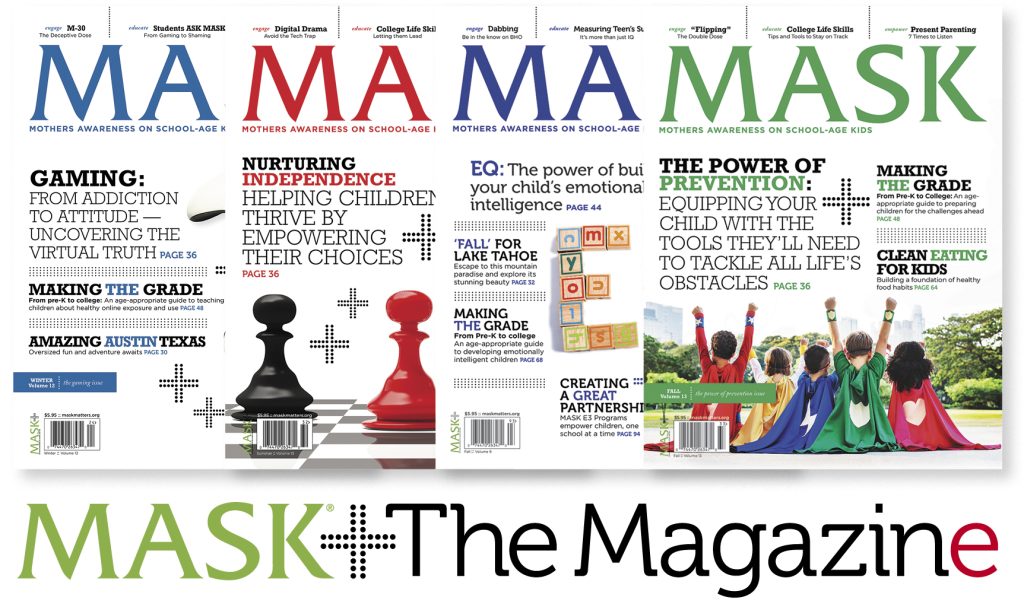
Party Buses and Underage Drinking
June 7, 2024
How to Parent College Kids in the Summer
June 12, 2024Bullying and bothering are two different concepts, although they may share some similarities. Here’s a breakdown of each:
- Bullying:
- Definition: Bullying involves repeated aggressive behavior that is intended to cause harm, distress, or discomfort to another person, physically, mentally, or emotionally. It typically involves an imbalance of power, where the bully has more power or influence over the victim.
- Characteristics: Bullying can take many forms, including physical aggression, verbal abuse, social exclusion, spreading rumors, or cyberbullying. It often occurs repeatedly over time and can have serious and long-lasting effects on the victim’s mental and emotional well-being.
- Impact: Bullying can lead to low self-esteem, anxiety, depression, and even physical health problems for the victim. It can also create a hostile and unsafe environment, not only for the victim but also for others who witness or are aware of the bullying.
- Bothering:
- Definition: Bothering typically refers to causing annoyance, irritation, or inconvenience to someone, but it may not necessarily involve an intent to harm or a power imbalance. It could be unintentional or due to a lack of awareness of how one’s actions affect others.
- Characteristics: Bothering might include actions such as repeatedly asking someone for help or attention when they’re busy, interrupting others while they’re speaking, or engaging in behaviors that others find irritating.
- Impact: While bothering may not have the same severe consequences as bullying, it can still lead to frustration, stress, or discomfort for the person being bothered. However, it’s often more easily resolved through communication and setting boundaries.
In summary, bullying involves deliberate and repeated aggression with the intent to harm, while bothering refers to actions that cause annoyance or inconvenience, which may or may not be intentional and typically lack the same power dynamics seen in bullying situations. Both should be taken seriously and addressed appropriately to ensure the well-being of everyone involved.
To learn more tips and parenting subscribe to MASK The Magazine, parenting solutions for today’s families
Subscribe to MASK The Magazine
Or
Did you know that you can add past issues of MASK The Magazine and start your MASK Library –
Enroll your child or school in the MASK E3 Institute to equip them with the knowledge to make safe healthy and informed decisions.




